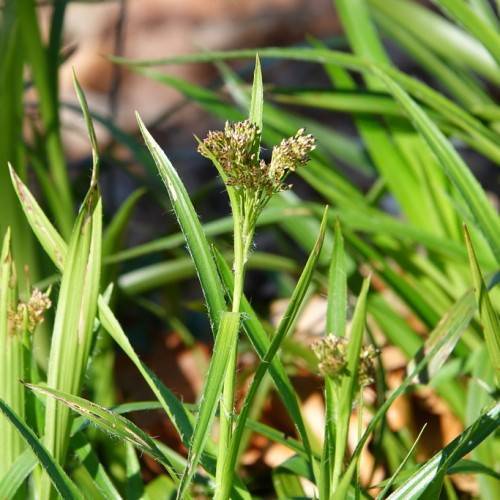
greater woodrush
Luzula sylvatica
Cycle:
Herbaceous Perennial
Watering:
Minimal
Hardiness Zone:
4
Flowers:
Flowers In Spring
Sun:
Filtered shade, Full sun, Part sun/part shade
Soil:
Humus rich, Well-drained
Fruits:
Fruits In Summer Ready In Summer
Leaf:
Yes
Growth Rate:
High
Drought Tolerant:
Yes
Care Level:
Medium
watering
Snowy woodrush should be watered every 2 to 4 days, depending on the climate. When watering, it is important to provide moist soil without flooding the plant. Water the soil until it is evenly moist, allowing the top inch of soil to dry out slightly between waterings. Avoid overwatering, as this can lead to root rot. Use lukewarm water when possible. Snowy woodrush should also receive supplemental water during periods of drought or high temperatures. If temperatures exceed 80°F (27°C), the plants should be watered daily. Try to avoid frequent misting, as this can lead to mold growth.
sunlight
Snowy woodrush prefers full sun to partial shade and prefers moist soil. In the spring and summer, it should be exposed to 12-14 hours of direct sunlight. During the fall and winter, the plant should be exposed to 4-5 hours of direct sunlight daily. The amount of direct sunlight and the length of exposure vary depending on the climate and the season, but in general it is best to give the plant at least 4 hours of direct sunlight per day throughout the year. A few hours of afternoon shade may help it to avoid wilting or damage from too much direct sunlight.
pruning
Snowy woodrush should be pruned in late winter to early spring, right before growth begins. The aim of pruning is to maintain a neat, shrub-like appearance and encourage the formation of clumps. Overgrown clumps should be cut back to 6 to 9 inches above ground level for rejuvenation. Dead or diseased stems should be cut off at ground level.
